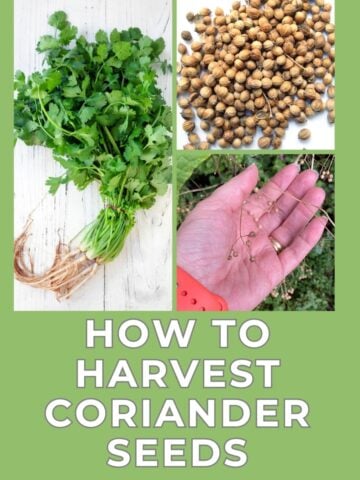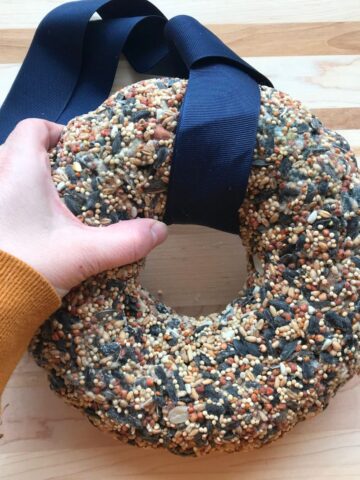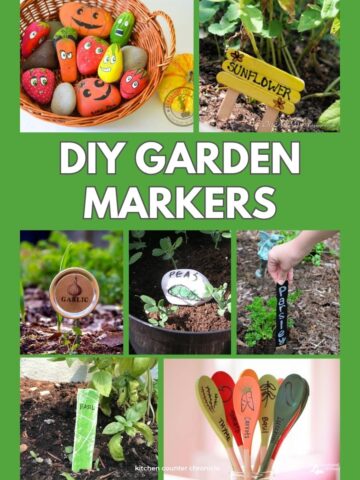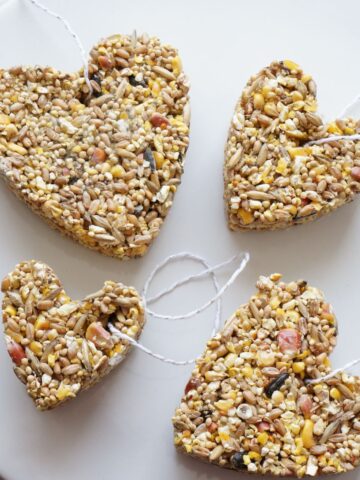“Why are all my tomatillo husks empty? Where are my tomatillos?”
A few summers ago I had a first-hand lesson about the importance of pollinators in my own backyard vegetable garden. All the planning that goes into making a home garden can be totally thrown off if this one important thing is missing from the garden.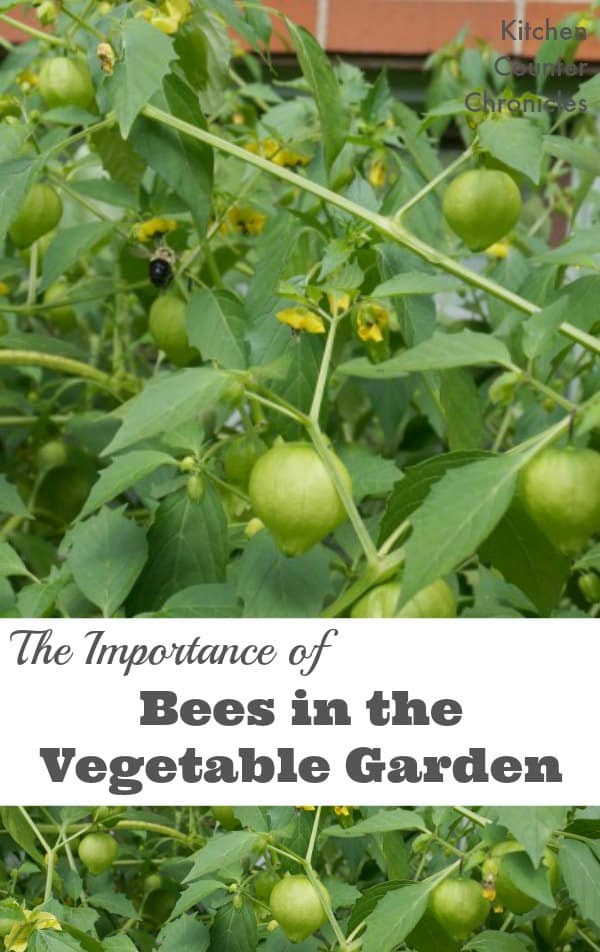
We often think about planting colourful flowering gardens to support pollinators like bees and butterflies, but we don’t think about the importance of the relationship between the food we eat and pollinators. Over the past few months we have been focusing on supporting bees – we shared how to grow a successful bee garden and how to make a bee bath. However, our experience with growing tomatillo plants was a lesson in another critical role that pollinators play.
So, why wasn’t my tomatillo plant growing plump fruit?
Let’s start with the basics of pollination and fertilization. What role do bees play in the vegetable garden? Take a look at this awesome infographic from Bees Matter that simply and visually explains the basics of plant reproduction. 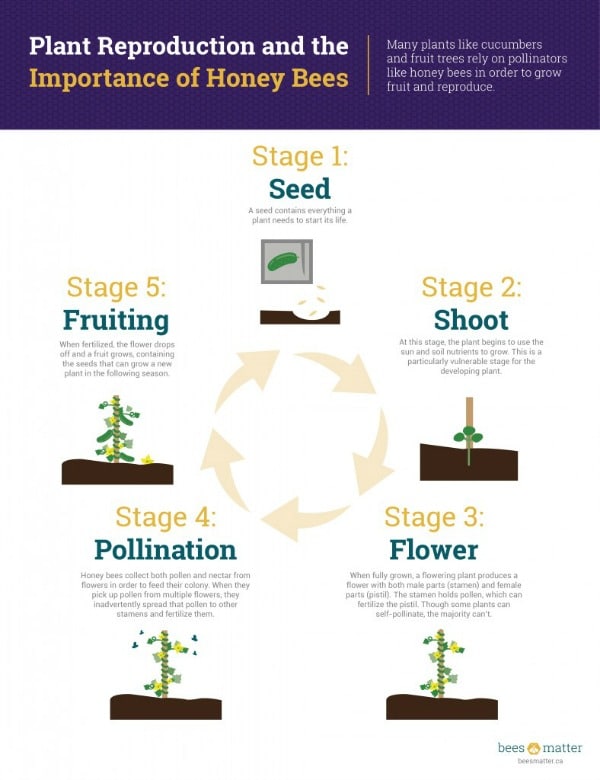
Now, back to my tomatillo plant. Tomatillos are a plant species that is “self-incompatible”. Plants that are self-incompatible need pollen from another plant (in the same species) in order to become fertilized. Okay, let me simplify this. Basically, if you want tomatillos you need to grow 2 separate plants and bees and other pollinators have to move the pollen from one plant to the other. Tomatillos need bees to land on their flowers and transfer the pollen. Without bees – no tomatillos.
We had 2 healthy tomatillo plants, without any fruit. We needed the bees. I kept a close eye on our veggie garden. As our little vegetable garden bloomed with other flowering fruit and vegetables plants, the bees finally arrived and got to work. Our lack of tomatillos was simply caused by the fact that we weren’t effectively inviting bees into our garden patch.
Fortunately, with the arrival of flowers came the arrival of bees and we reaped a HUGE harvest of tomatillos.
Our backyard experience got us thinking about the critical relationship between bees and our food cycle. Here is a list of some of the fruits and vegetables that rely on bees for pollination:
- Strawberries
- Blueberries
- Green beans
- Apples
- Peaches
- Tomatoes
- Broccoli
- Cucumbers
- Squash
- Raspberries
- Blackberries
- And many more
If our vegetable gardens need bees in order to produce fruits and vegetables, then we have to find ways to encourage bees to visit our gardens and support our local bees. Along with planting edible plants in a vegetable garden, don’t be afraid to plant flowering plants as well. We always add marigolds to our veggie patch. Here are a few more native plants that will bring the bees and lead to a healthy harvest.
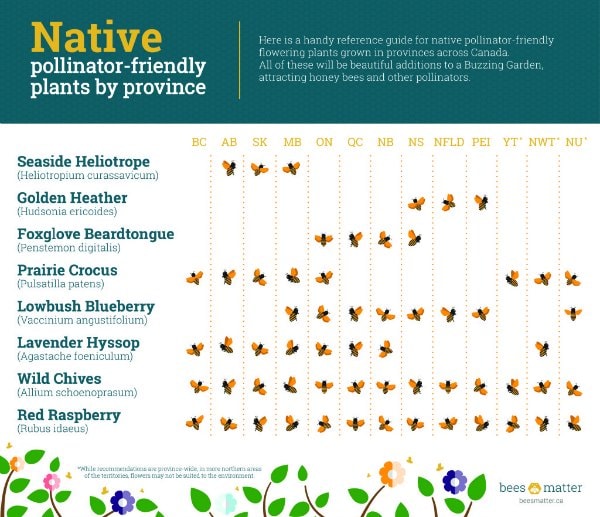
What are you growing in your vegetable garden this year? How are you attracting pollinators to your vegetable garden?
To learn more, visit the Bees Matter website and sign up to order a free Buzzing Gardens seed kit and learn more about the importance of honey bees and pollinators in our food cycle. Every Buzzing Gardens seed kit contains specially selected seeds recommended by Pollinator Partnership Canada to attract and provide a nutritious food source for honey bees.
DISCLOSURE: I was compensated for this article, however I am entirely responsible for the content, views and opinions expressed in this post and not the sponsor mentioned above.
Related Post
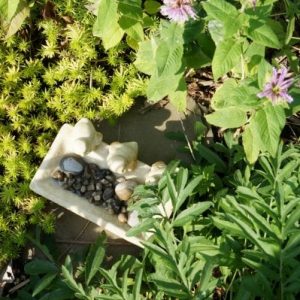 How to make a simple bee bath
How to make a simple bee bath
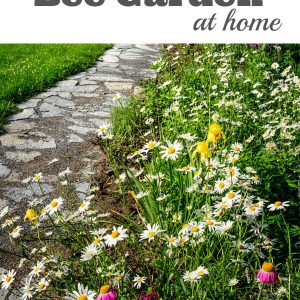 How to plant a bee friendly flower garden
How to plant a bee friendly flower garden

